“We are a group of passionate riders and adventurers. We are lucky to be based out of beautiful Fort Collins, Colorado. When we aren’t making some of the best bikes in the business, we can be found riding in the foothills just down the road or on the gravel roads a stone throw away from our office. And when we’re too tired to ride, you might find us out fly fishing, relaxing on the patio of one Fort Collins’ craft breweries or coffee houses.” – NinerBikes.com
2020 Niner RLT 9 RDO Carbon 4-Star Build:
“Rather than designing a no-fun, no-frills, uber-light and too-stiff carbon chassis for our newest RLT 9 RDO, we built you a bike that you’ll want to ride all the time, to any place. With extra tire clearance, multiple fitments for accessories and cargo, plus slick frame features and a smooth ride, you can pedal it and be happy – anywhere and everywhere, not just on your Strava segments.”
2020 Niner RLT 9 Alloy 4-Star Build:
“The unmatched versatility of this gravel bike gives its rider pure, unfettered freedom and access virtually everywhere. Sprint from asphalt to cinder path, swerve onto some singletrack, cut across to a gravel road, unspool a few miles, hop a gutter, cut through the alley, and back into the bike lane.”
In this video, JOM of Gravel Cyclist and his very capable assistant put these two bikes to the comparison test. Gravel Cyclist is breaking from our mold as comparison reviews aren’t usually our thing, and can be quite subjective. However, Alloy / Aluminium / Aluminum is often poo poo’d as a frame material, so we wanted to dispel that notion and see how the 2020 RLT 9 alloy bike stacked up against the 2020 RLT 9 Carbon bike.
The builds of both bikes are identical, only the frames differ, but we did try other wheel and tyre combinations. Both bikes are kitted out with Shimano GRX 2x mechanical and Notubes.com Grail S1 wheels with Schwalbe G-One 700c x 40mm tyres.
Links of Interest:
- Berd / ENVE Carbon Gravel Wheelset Review
- Shifting Big Gears with Shimano GRX (2x 48/31 & 11-40 XTR Cassette)
- Easton EC70 AX Carbon Adventure Series Handlebar
- Gravel Bike Tyre Pressure Guidelines
- Panaracer Gravelking SK Review
- How to Descend on a Gravel Bike
Thanks for watching!
Don’t forget to Like the Gravel Cyclist Facebook page, follow G.C. on Instagram and subscribe to our Youtube Channel. We are also on Twitter!


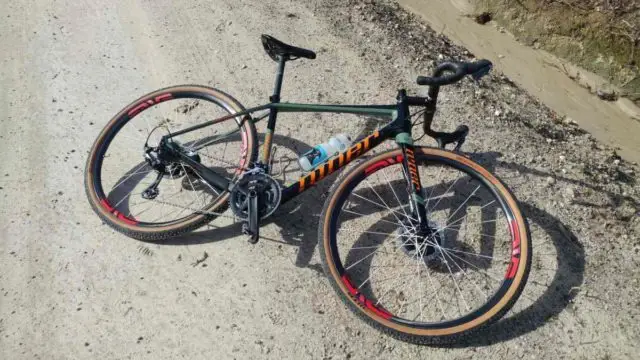
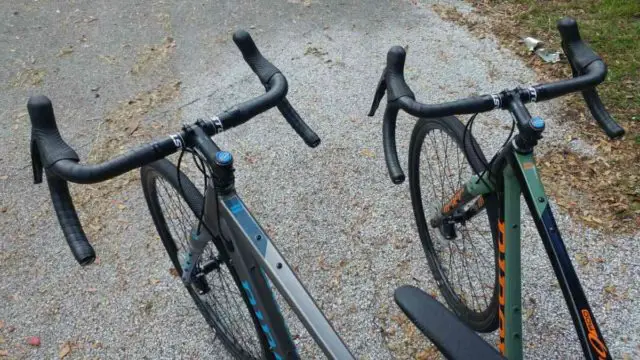
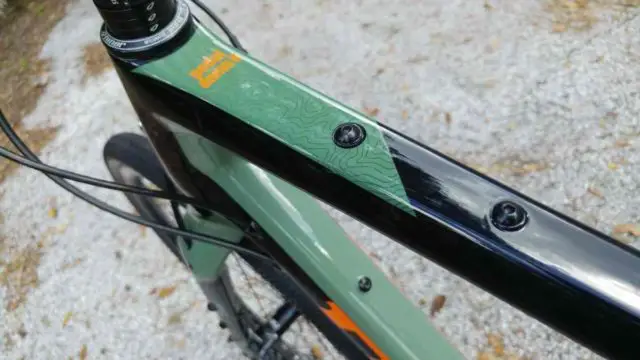
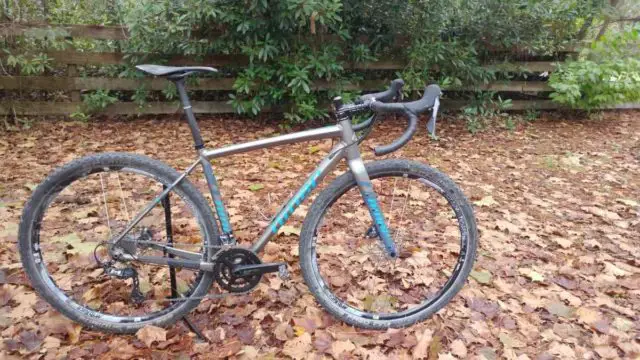
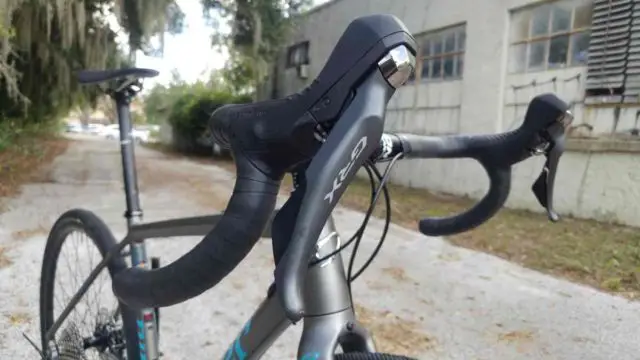
Nice report, thanks for doing the comparison. Really enjoy my Niner RLT Alloy, and totally agree about how a different wheel set makes all the difference. On fast sweeping descents, it is super stable, but nimble enough when it needs to be. Niner had it figured out pretty good with the earlier models, I just wish I had that machined chainstay yoke for a little more clearance!
I got into cycling 16 months ago after learning about gravel. My bike choice was the Niner RLT Alloy 3 star Sram Rival 2x build and it has been a super bike. As mentioned I above I too upgraded my bars and wheels to carbon and the carbon wheels made a difference in my speed and endurance. I have never run larger than 40mm tires so clearance has never been a issue for me. If I had known how much I was going to take to gravel, I would had gone with the 5 star carbon build but honestly Im likely getting 90% or more of my ability out of the alloy build.
What about Niner RLT Steel? It must be less punishing of a ride than the Aluminium version.
The review was Alloy and Carbon, not steel. Niner kindly supplied these bikes because the point of the review was, alloy is always getting a bad name. The ride was in no way punishing.
Thanks for the side by side comparison! I’ve always wondered how much more carbon brings to the table, compared to a well-designed aluminum frame, on a bike that already has large squishy tires.
It sounds like the main benefit is just lower weight, which is good news for those of us who are on a budget. I suspect the benefits of the carbon frame are greater on skinny tires, but that is not the main purpose of bikes like this.
Minor note:
– The carbon and aluminum framesets are less than a pound different in claimed weight, which doesn’t match the weight differences posted in the video (closer to 1.5 lbs difference). Is this because you are quoting weights for Niner’s respective four-star builds for the bikes , which differ? Or were your identically specced bikes really 1.5 lbs different on the scale? Just a minor point of curiosity.
I weighed both bikes with my own scale.
Thanks JOM, you were clearly spot on in the weight differences, which makes sense , since you weighed them!
I found a German bike retailer that weighed the framesets in size 56 and they report the following (they used grams):
2020 RLT ALUMINUM FRAMESET = 5.64 lbs
(with everything except thru axles in size 56)
2020 RDO FRAMESET = 4.14 lbs
(with everything except thru axles in size 56)
The previous RLT 9 Alloy models came in at ~5.14 lbs with all of the small parts (Clint Gibbs in his video comparing the Alloy and Steel models from 2016).
OVERALL: This suggests that the new RLT 9 Aluminum models are about 0.5 lbs heavier than the old versions. So there is a weight penalty for the wider frame clearances and the many mounting points across the frame. Not a huge deal, but good to know what you are getting.
Sources:
https://r2-bike.com/NINER-Frame-28-RLT-9-Gravel-Bike-Forge-Grey-Skye-Blue-2020
https://r2-bike.com/NINER-Frame-28-RLT-9-RDO-Gravel-Bike-Baja-Blue-Sand-2020
(look far down on the page for the details of frame vs fork weights, plus the photos on the scales):